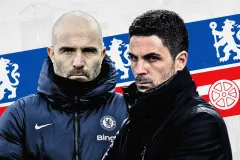-
Feature
- 14 hours ago
Potter's Chelsea revolution showing promise already
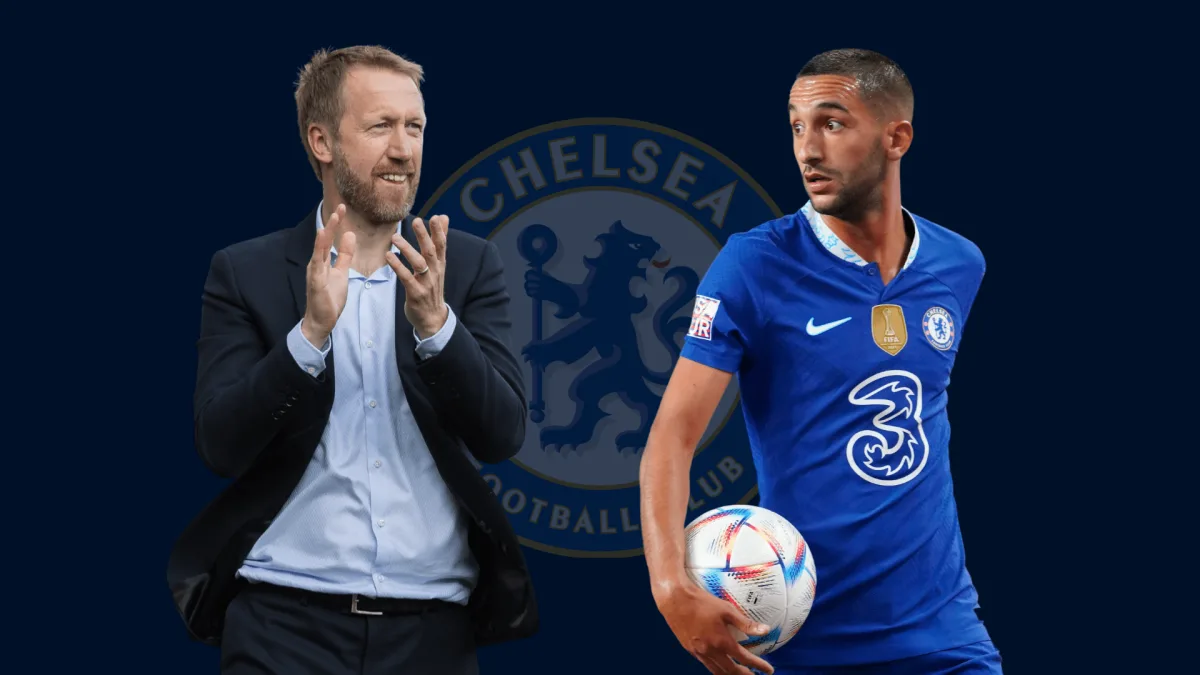
Graham Potter made his managerial debut not just for Chelsea but also in the Champions League as Salzburg visited Stamford Bridge last Wednesday. The Blues could only come away with a point, but their performance was impressive as they showed many encouraging signs in the way Potter’s playing style was implemented on the pitch.
When the line-ups were announced, the widespread logic was that Chelsea would use a back four with Cesar Azpilicueta and Thiago Silva as the centre-backs and Reece James and Marc Cucurella on either side of them. Salzburg, of course, lined up in their usual 4-4-2 diamond formation.
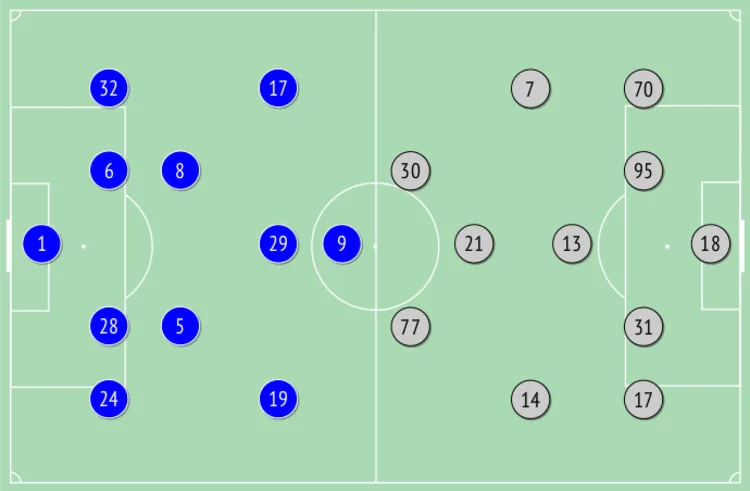
In this sense, the Austrian champions were the perfect side for Potter’s first challenge at Chelsea. As we explored while analysing the English manager’s work at Brighton, his sides heavily rely on wing play, and Salzburg’s narrow 4-4-2 diamond formation is conducive to precisely that.
Of course, all eyes were on how Chelsea were set up, and Potter did spring a few surprises here.
Chelsea in possession
From the very first minute of the match, one thing was clear: Chelsea were using a back-three in possession and not a back-four. It was comprised of Azpilicueta, Silva and Cucurella, so James’ position was that of a right wing-back. Most intriguingly, Raheem Sterling was playing a very similar role on the opposite flank. There was a trio in midfield, with Mason Mount and Mateo Kovacic on either side of Jorginho, who took up a much deeper position than the other two.
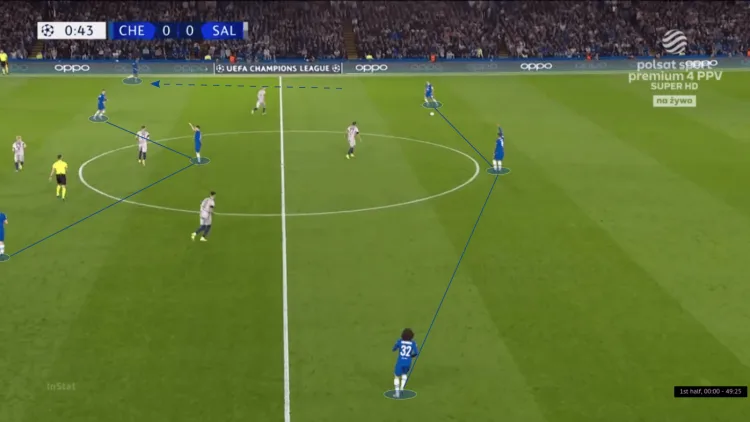
The back-three were really spaced out, making it very tough for the Salzburg front-two to press them. James and Sterling pushed far up the pitch, while Kai Havertz had the freedom to drift out to their side behind Aubameyang. Altogether, this is what Chelsea generally looked like in possession.
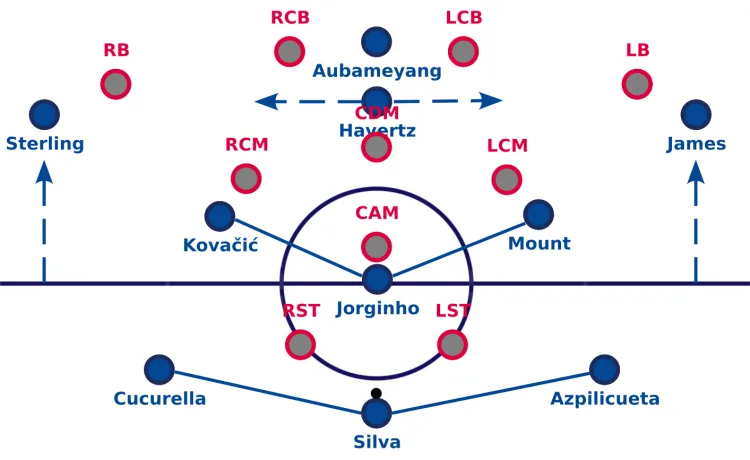
There were some questions asked about why Azpilicueta and Cucurella were selected as the wide centre-backs ahead of the likes of Kalidou Koulibaly and Wesley Fofana, but there was good reason behind this decision. When building up inside their own box, Chelsea’s wide centre-backs moved all the way out to the flanks almost as full-backs while Kepa Arrizabalaga moved to the right of Thiago Silva. Both Azpilicueta and Cucurella are used to playing as full-backs as well, so they were safer picks for this position in Potter’s first match.
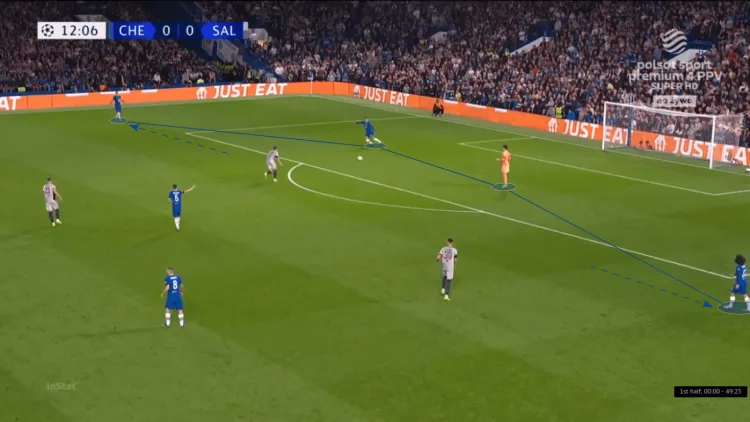
Salzburg’s narrow press meant that the ball was often forced out to the wide centre-backs, who, if left alone, would be cornered. To provide some support to them, the two midfielders on either side of Jorginho, Mason Mount and Mateo Kovacic, were asked to drift out wide. The latter especially did so, as Mount often pushed forward.
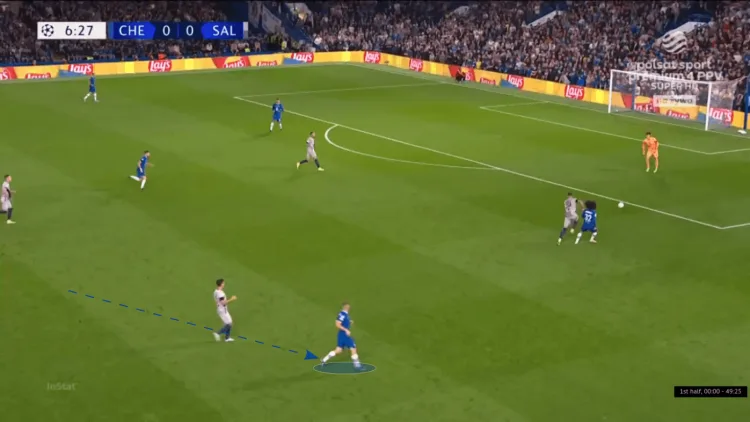
While James and Sterling’s position could nominally be described as wing-backs, they always stayed far forward in all phases of possession, including the build up, so that word does not accurately portray their role. Of course, Potter certainly is a manager who believes in roles rather than positions, so the term ‘wing-back’ should simply be taken to mean ‘wide player on the side of a back-three’ and nothing more.
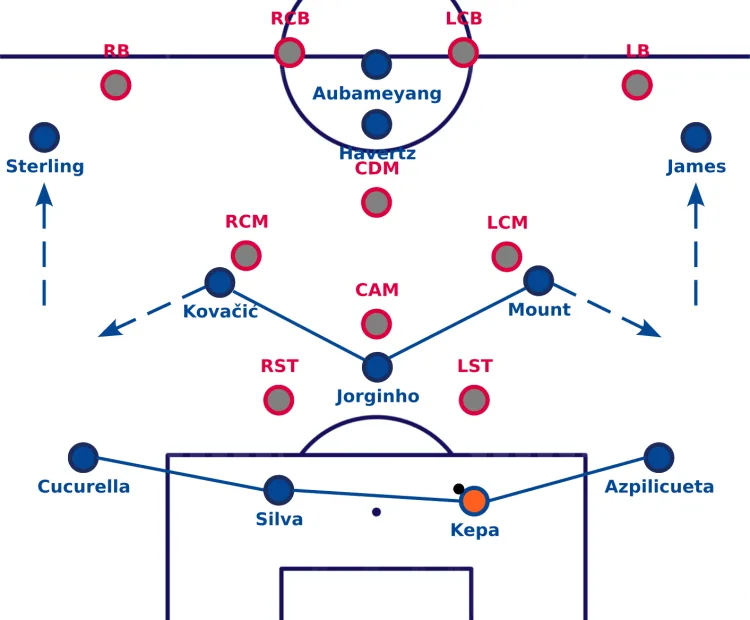
Clearly, the central theme of Chelsea’s possession-play was wing play, as was evident in the wide centre-backs roles, Mount and Kovacic drifting out to the flanks, and James and Sterling’s advanced positions.
Indeed, Chelsea’s goal was scored as a direct result of some wing play. James found Mount out wide on the right, and the England midfielder delivered a cross which was missed by everybody and found its way to Sterling, who had space and time to pick out the far corner with his finish.
Chelsea have their first goal under new boss Graham Potter! ⚽️
Raheem Sterling finds the bottom corner with a beautiful strike 😍#UCL pic.twitter.com/tppLquSbAn— Football on BT Sport (@btsportfootball) September 14, 2022
Pass masters
All the aspects of Chelsea’s possession-play also show up really well in their passing network from the match, which highlights the width of the wide centre-backs, the advanced positions of the wing-backs, and the dynamic role of the two No.8s.
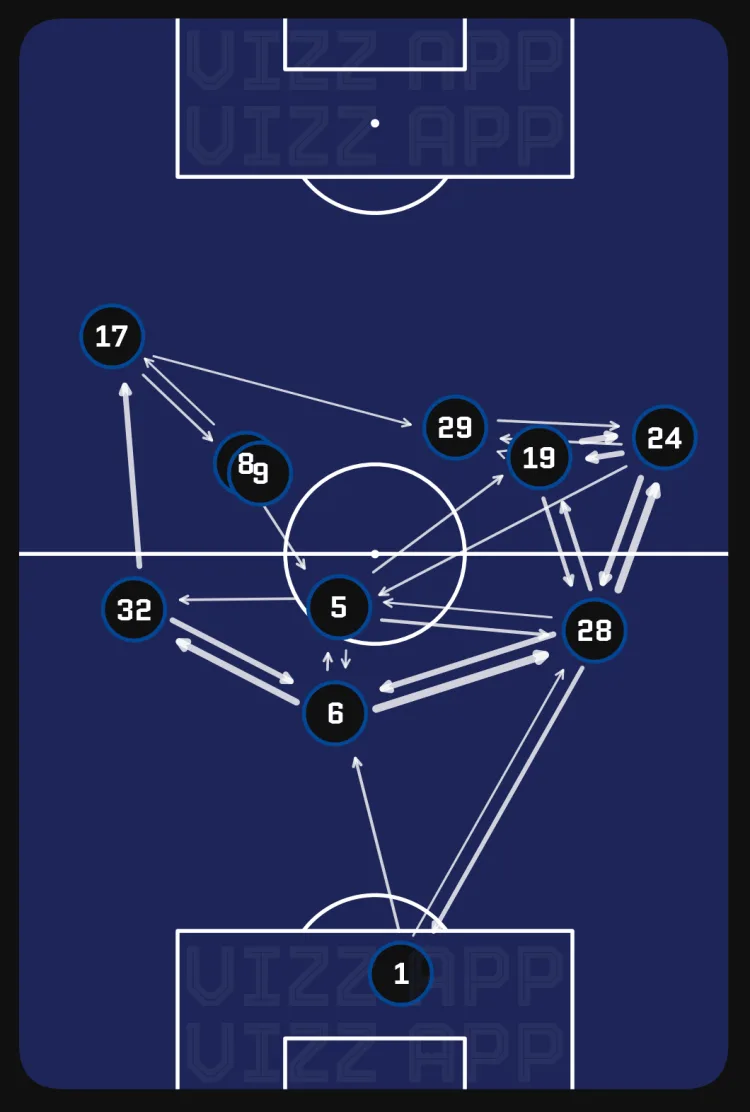
The home side’s focus on the flanks is also seen in the event map of their progressive passes from the match.
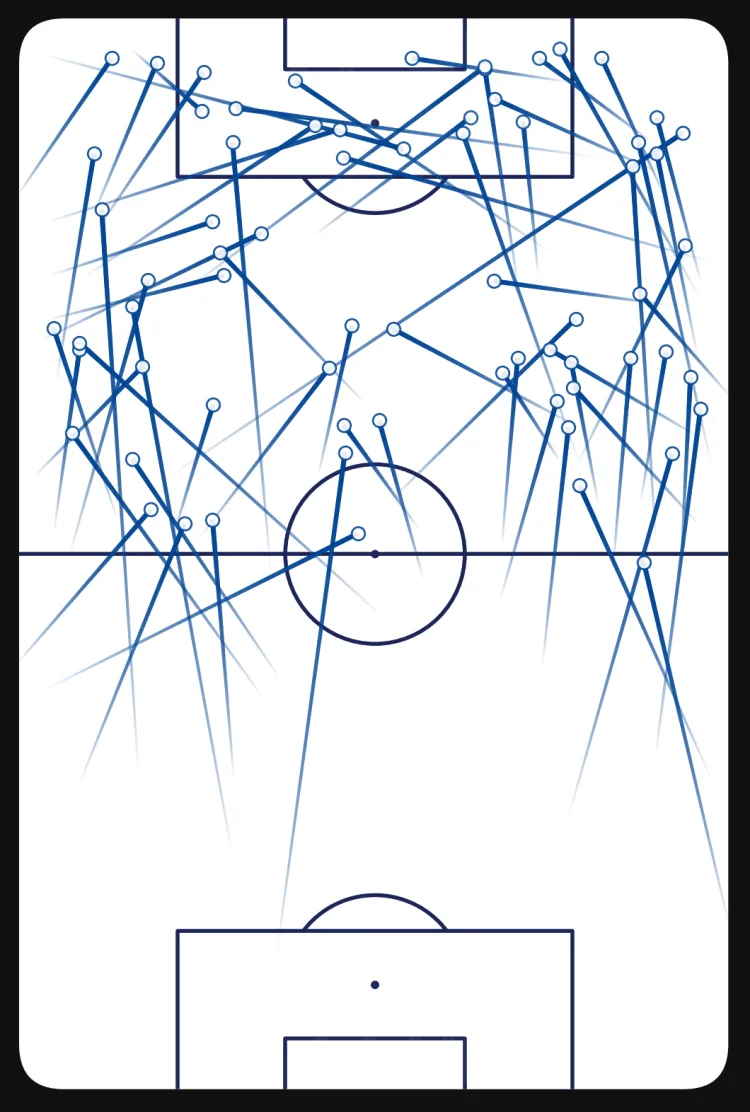
Overall, this was a dominant performance from Chelsea. They kept close to three-quarters of possession, attempted over four times as many shots as their opponents and created a number of presentable chances, so they would be right to feel hard done by the result.
Chelsea 1-1 RB Salzburg
The Graham Potter era starts with a win on xG but a draw irl. Chelsea have it all to do in this #UCL group.#CFC pic.twitter.com/fgzSNsU6ai— The Analyst (@OptaAnalyst) September 14, 2022
One slight criticism might be the fact that they did not create as many quality chances as they could have based on the positions they got in. This is highlighted by the fact that they had a significantly greater cumulative xT (Expected Threat) value in this match at 1.96 than their xG.
Chelsea’s dominance of possession and Salzburg’s direct style of play meant that we did not really get a proper glimpse of the defensive set-up that Potter is planning to implement. At times, it looked like a back-four out of possession with James as the right-back, but on other occasions, it appeared that Chelsea were replicating the flat back-three with very high wing-backs that Potter previously used at Brighton earlier this season. We might get a better look at this when they face Crystal Palace after the international break, or certainly in their next Champions League clash against Milan.
This was a very good debut for Potter as far as the performance is concerned. In just a week, Chelsea’s players are already implementing most of the principles of the ex-Swansea manager’s style of play. On another day, the hosts could easily have scored a second goal by taking one of their chances before Salzburg’s equaliser, and they would have been celebrating a winning start to Potter’s tenure.






